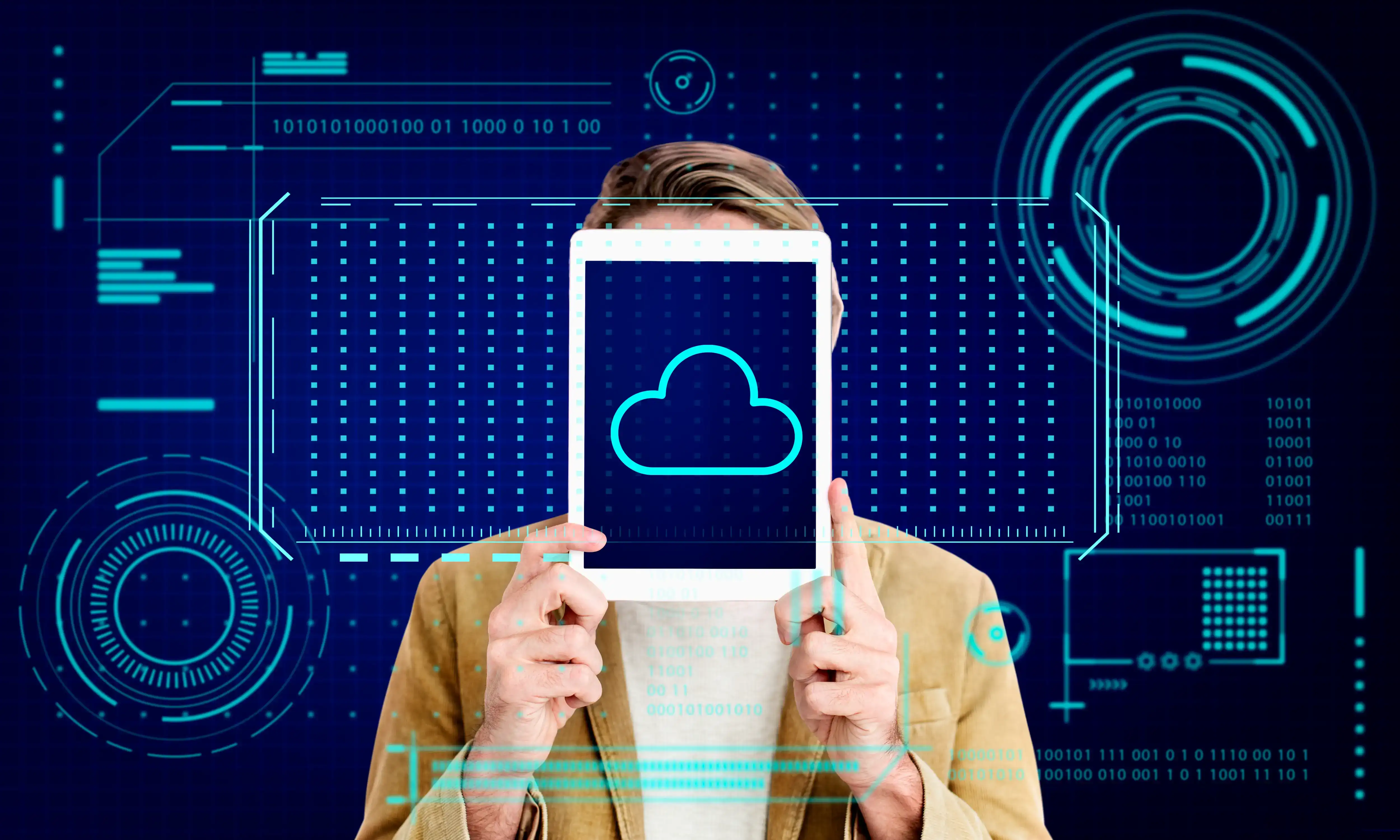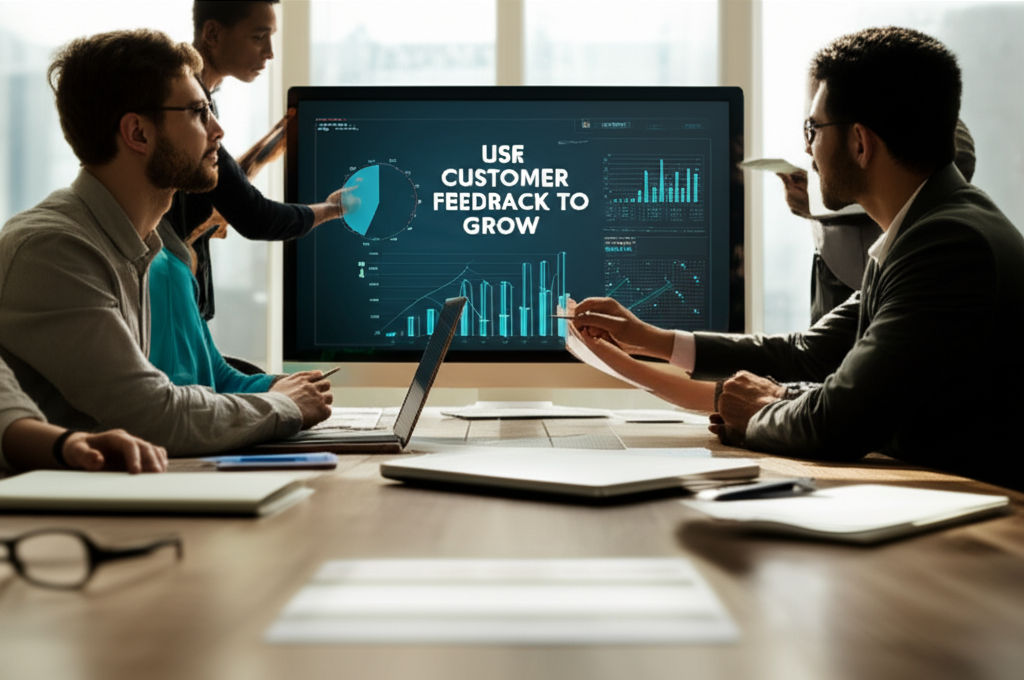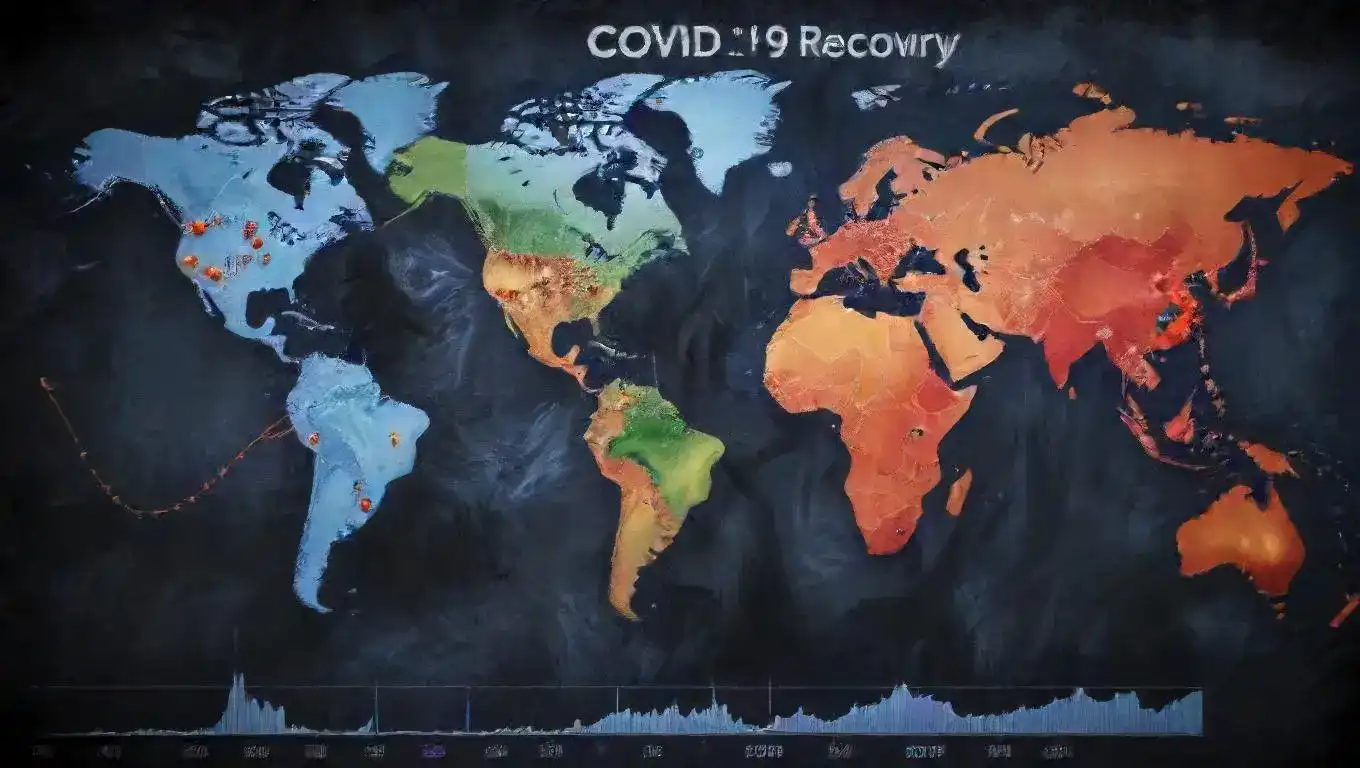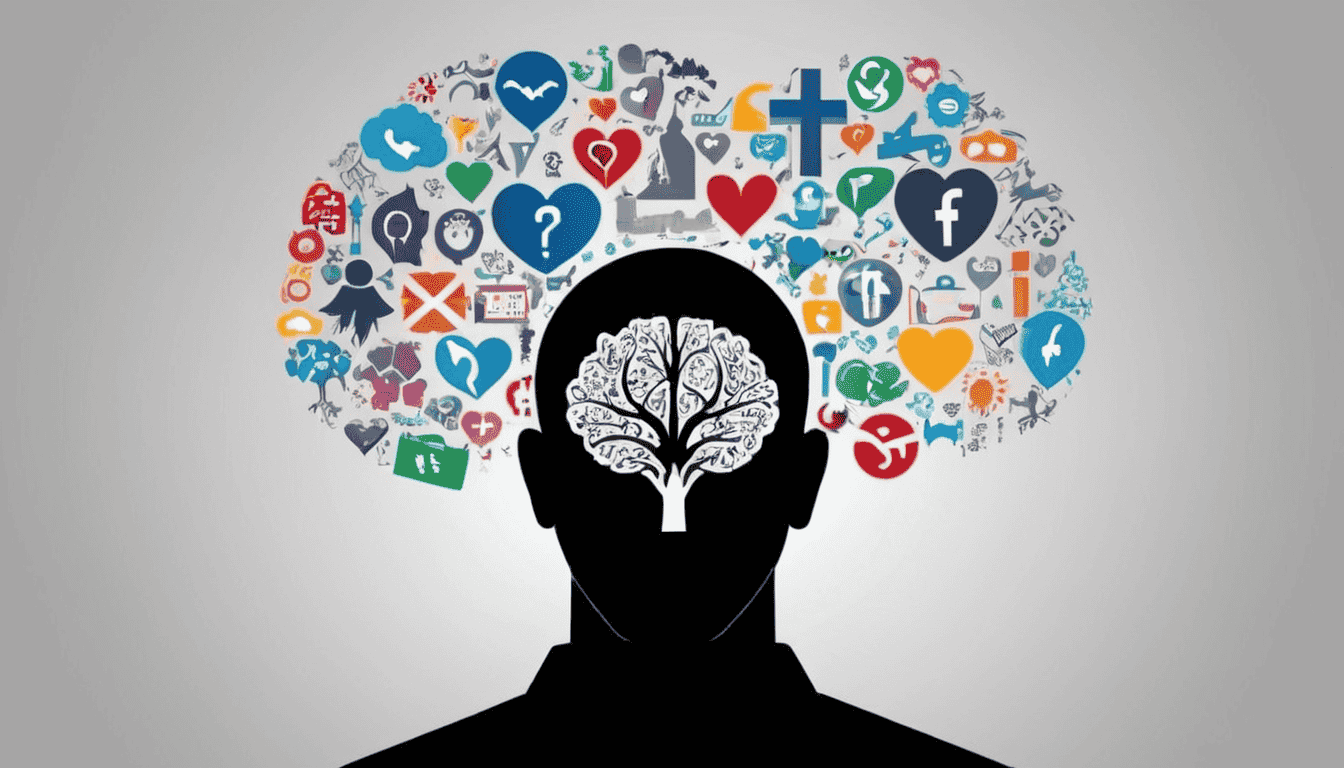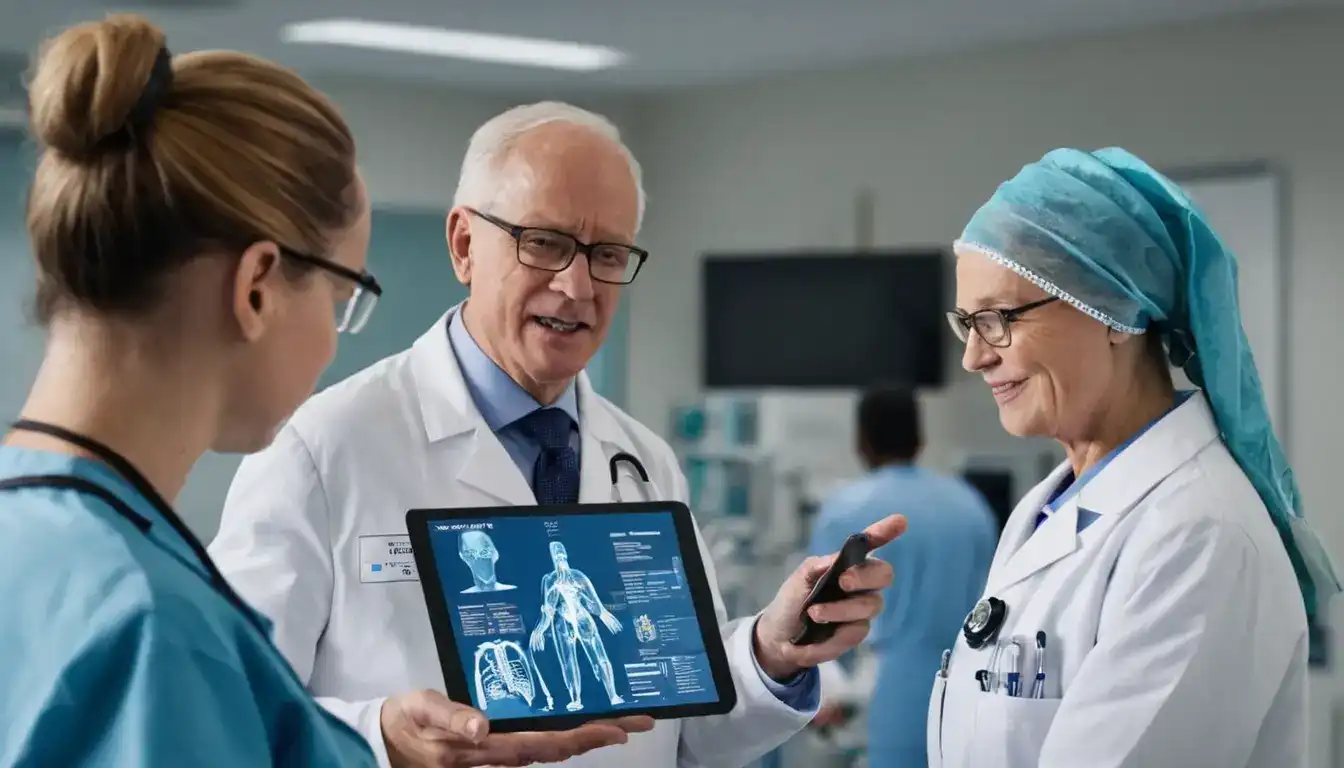Teacher Dev: Adapting to Education's Future
Emily Willis

Photo: Teacher Dev: Adapting to Education's Future
Teacher Dev: Empowering Educators for Education's Exciting Future
The world is constantly changing, and education is no exception. From rapid technological advancements to evolving student needs and global shifts, the landscape of learning is transforming at an incredible pace. For teachers, this isn't just a challenge; it's an exhilarating opportunity to grow, innovate, and shape the minds of future generations. This is where "Teacher Dev" – or teacher professional development – steps in, becoming more vital than ever. It's about equipping educators with the skills, knowledge, and mindset to not only keep up but to lead the way in education's exciting future.
Why is Teacher Development More Crucial Than Ever?
Think about how much the world has changed in just the last decade. The rise of artificial intelligence, the explosion of digital tools, and an increasingly interconnected global society have redefined what it means to be "future-ready." For students to thrive in this dynamic environment, they need more than just facts and figures; they need critical thinking, problem-solving skills, creativity, and adaptability. And who better to cultivate these essential skills than teachers who are themselves lifelong learners?.
The traditional image of a teacher as the sole source of knowledge is evolving. Today, teachers are becoming facilitators, mentors, and curators of learning experiences. This shift demands new competencies and continuous learning. Teachers who engage in ongoing professional development are more effective in the classroom, report higher job satisfaction, and significantly impact student outcomes. It's an investment that pays dividends for everyone involved – students, schools, and society as a whole.
Key Areas of Future-Ready Teacher Development
So, what exactly does "future-ready" teacher development look like? It's multifaceted, focusing on skills that empower educators to navigate complexity and inspire their students.
Digital Literacy & EdTech Integration
Technology is no longer an optional add-on in education; it's a fundamental tool that has transformed how children learn and how educators deliver lessons. From online learning platforms to AI-powered tools, the resources available are vast. Therefore, enhancing digital literacy is paramount for teachers.
- Mastering Educational Technology (EdTech): This goes beyond simply knowing how to use a computer. It involves understanding how to integrate digital tools effectively into lesson plans, create engaging virtual classrooms, and leverage resources like augmented reality to foster inquisitiveness. Teachers need to be proficient in using learning management systems (LMS) and exploring various educational apps and software.
- Embracing AI and Data Analytics: AI is already being used to personalize learning experiences, automate administrative tasks, and provide real-time feedback. Teachers need training to understand how AI can assist them, from identifying new areas for development to tailoring support for students.
Personalized Learning & Differentiated Instruction
Recognizing that every student learns differently is at the heart of modern education. Personalized learning tailors education to meet individual needs, strengths, interests, and learning styles, allowing students to progress at their own pace.
- Tailoring Learning Paths: Teachers need to learn strategies for creating adaptive lesson plans, integrating project-based learning, and using technology to customize content delivery. This might involve using adaptive learning technologies that assess student performance and adjust task difficulty in real-time.
- Understanding Individual Needs: Professional development in personalized learning helps teachers understand how to utilize student data effectively to inform their teaching and adjust instruction. This ensures that each child receives the support they need to succeed.
Social-Emotional Learning (SEL) & Wellbeing
A student's emotional well-being is inextricably linked to their academic success. Social-Emotional Learning (SEL) focuses on helping students develop self-awareness, self-management, social awareness, relationship skills, and responsible decision-making. Teachers play a crucial role in implementing SEL programs and fostering a caring, inclusive community within the classroom.
- Teacher SEL: Professional development should also focus on teachers' own social and emotional competence, including emotional awareness, stress management, and mindfulness. Research shows that teachers with high SEL competence experience less burnout, develop stronger relationships with students, and promote student well-being.
- Creating Supportive Environments: Training in SEL helps teachers create positive classroom climates that support deep learning and positive social and emotional development among students.
Global Competence & Cultural Responsiveness
In an increasingly interconnected world, global competence is paramount. This means understanding diverse languages, cultures, histories, and geographical landscapes, fostering intercultural empathy and appreciation.
- Broadening Perspectives: Teacher development should equip educators to teach effectively in multicultural classrooms and manage diverse learning contexts. This includes integrating cross-cultural content into the curriculum and providing experiential learning opportunities.
- Connecting Globally: Teachers can benefit from connecting with other educators and institutions globally, sharing resources and ideas to create dynamic learning environments. This prepares students for success in a complex and interconnected world.
Data Literacy & Assessment Innovation
As education becomes more evidence-based, data literacy is an essential skill for educators. Teachers need to understand how to collect, analyze, and interpret various forms of educational data to inform and improve their teaching practices.
- Informing Instruction: Professional development in data literacy helps teachers pinpoint students' current states of knowledge and difficulties, allowing them to plan more effective and targeted teaching interventions. It also supports data-driven decision-making for pedagogy, assessment, and classroom management.
- Innovative Assessment: This area includes moving beyond traditional testing to embrace ongoing, formative assessments that measure deeper aspects of student learning and understanding, focusing on individual student needs.
Practical Strategies for Effective Teacher Development
Effective teacher professional development (PD) isn't just about attending a workshop; it's an ongoing, collaborative, and classroom-focused process that supports continuous growth.
- Embrace Micro-Learning & Blended Models: In today's fast-paced world, teachers often struggle to find time for extensive PD. Micro-learning, which involves short, focused learning modules, and blended learning, combining online and in-person elements, offer flexible and convenient ways to acquire relevant teaching skills. This allows teachers to engage in professional development online and at their own pace, selecting topics of interest.
- Foster Collaborative Learning Communities: Teachers learn best when they can share ideas and learn from one another. Professional Learning Communities (PLCs) provide a supportive network where educators can discuss teaching pedagogy, share resources, and seek advice. Joint work, such as team teaching and mentoring, can lead to productive exchanges of ideas and reflection on practice.
- Seek Out Personalized Pathways: Just as personalized learning benefits students, teachers also benefit from individualized professional development tailored to their unique needs, interests, and learning styles. This can involve job-embedded coaching, where instructional coaches provide ongoing feedback, modeling, and demonstrations within the classroom setting.
- Leverage Technology for PD: Technology itself is a powerful tool for teacher professional development. Online courses, webinars, and virtual communities break down geographical barriers and provide extensive access to learning opportunities. AI-powered chatbots can even offer personalized support and guidance.
- Prioritize Wellbeing in PD: High-quality PD should also address teacher well-being and stress management. Integrating social and emotional practices into professional learning can lead to increased job satisfaction and a more positive attitude toward their work.
The Ripple Effect: Benefits for Students, Schools, and Society
When teachers are empowered through continuous professional development, the positive effects ripple throughout the entire educational ecosystem.
- Improved Student Outcomes: Teachers who continually enhance their knowledge and skills are better equipped to support their students' academic growth and development. They deliver richer, more relevant, and impactful learning experiences, leading to increased student engagement, motivation, and academic performance.
- Stronger School Communities: A culture of continuous learning among teachers fosters a dynamic and innovative school environment. Collaboration among educators strengthens the collective expertise of the staff, leading to school-wide improvements in instructional practices.
- Preparing Future-Ready Citizens: Ultimately, investing in teacher development means investing in the future of our society. Teachers who are adaptable, digitally literate, globally competent, and emotionally intelligent are best positioned to prepare students for the demands of a complex and interconnected world.
Conclusion
The future of education is here, and it's exciting! To meet its evolving demands, teacher professional development is not just a nice-to-have; it's an essential foundation for quality education. By embracing continuous learning in key areas like digital literacy, personalized instruction, social-emotional learning, global competence, and data literacy, teachers can transform their classrooms and inspire a new generation of learners.
It's a journey of lifelong learning that benefits not only individual educators but also the students they teach, the schools they serve, and the broader community. Let's champion "Teacher Dev" and empower our educators to confidently lead the way into education's promising future.
FAQ: Teacher Dev & Education's Future
**
Latest ✨
View AllRevolutionize your learning! Data analytics is the future of education, enabling personalized paths & unlocking individual potential.
Emily Willis
Cloud computing is essential for modern businesses, offering cost savings, scalability, and improved collaboration. Implementing cloud computing requires careful planning to ensure safety and efficiency. Tips for safe and efficient implementation include conducting a needs assessment, choosing the right cloud service model, prioritizing security, planning for data migration, optimizing costs, training your team, implementing backup and recovery solutions, monitoring performance, planning for scalability, and staying updated with industry trends.
Emily Willis
effective leadership in a constantly changing world and explores the traits and habits of inspiring leaders, both historical and contemporary. It highlights the key lessons from leaders such as Nelson Mandela, Martin Luther King Jr., Jacinda Ardern, Elon Musk, and Malala Yousafzai.
Emily Willis
Customer feedback is a goldmine for business growth. Learn how leveraging insights enhances products, builds loyalty, and keeps you competitive.
Emily Willis
Business
View All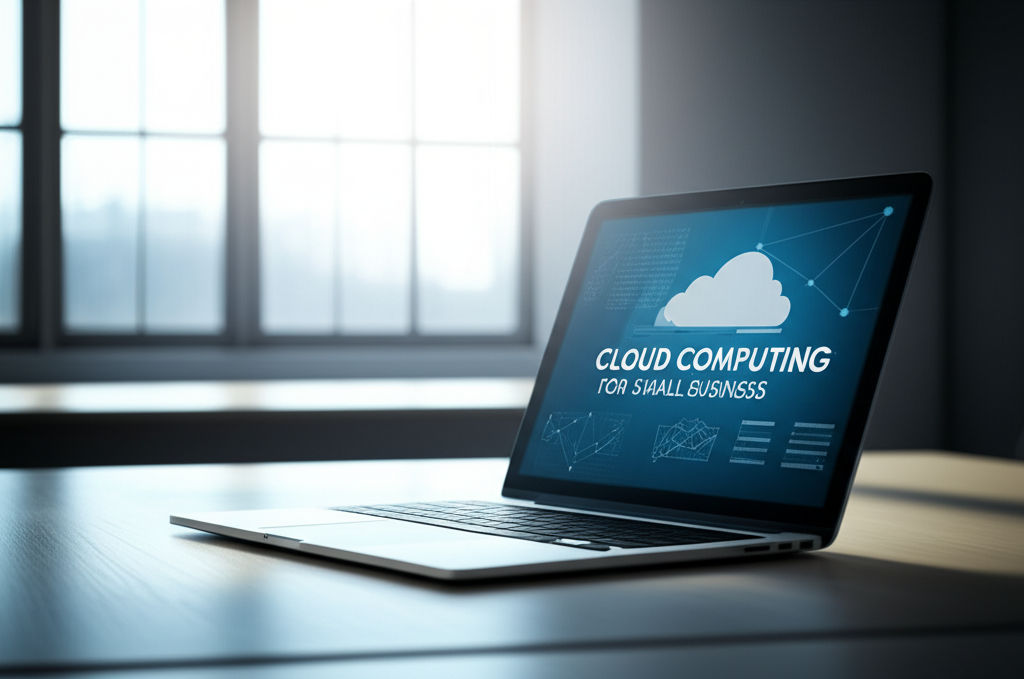
June 9, 2025
Cloud Computing for Small BusinessUnlock growth & efficiency! Discover how cloud computing empowers small businesses with cost savings & agility in the digital age.
Emily Willis
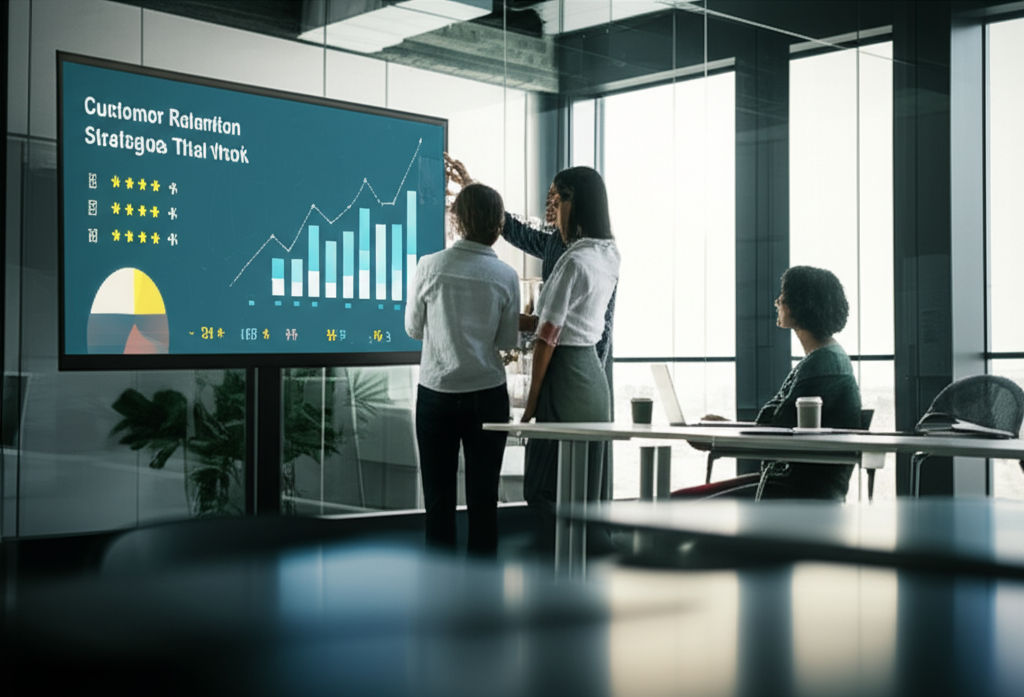
June 9, 2025
Customer Retention Strategies That WorkUnlock lasting success! Learn proven customer retention strategies to build loyalty, reduce churn, and boost your business growth.
Emily Willis

June 8, 2025
Strategic Planning for Long-Term WinsChart your course to enduring success! This article demystifies strategic planning, offering an actionable framework for long-term wins and sustainable growth.
Emily Willis
Economy
View AllBoost your business profits! Discover actionable strategies to maximize revenue and efficiently manage costs for sustainable growth.
Read MoreUnpack the 17 Sustainable Development Goals (SDGs): a global blueprint addressing poverty, climate change, and inequality for a sustainable future.
Read MoreThe COVID-19 pandemic has had a significant impact on the global economy, leading to market turmoil, disrupted supply chains, and widespread business closures. As countries slowly recover, there are questions about the future of the global economy. While there are signs of recovery, challenges such as rising inflation, uneven global recovery, labor market disruptions, and supply chain bottlenecks remain. To ensure a sustainable recovery, policymakers must continue to support vulnerable sectors, invest in education and reskilling, strengthen healthcare systems, promote supply chain resilience, address inequalities, and prioritize sustainability.
Read MoreEntertainment
View All
August 4, 2024
The Latest Music Trends, Artists Influencing Pop Culture, and How Digital Platforms Facilitate the Distribution of Music GloballyThe music industry is constantly changing due to consumer preferences, technology, and the influence of artists. Digital platforms have revolutionized music creation, distribution, and consumption, leading to genre fusion, the rise of independent artists, and collaborative projects. Influential artists like Billie Eilish, BTS, and Taylor Swift have shaped pop culture globally. Streaming services, social media, and direct-to-fan engagement have transformed music distribution. Digital platforms also promote cultural diversity and inclusivity, expand markets and revenue, and drive technological advancements. The industry is also focusing on sustainability and ethical practices. To succeed in the future, stakeholders must embrace digital transformation and champion inclusivity.
Emily Willis
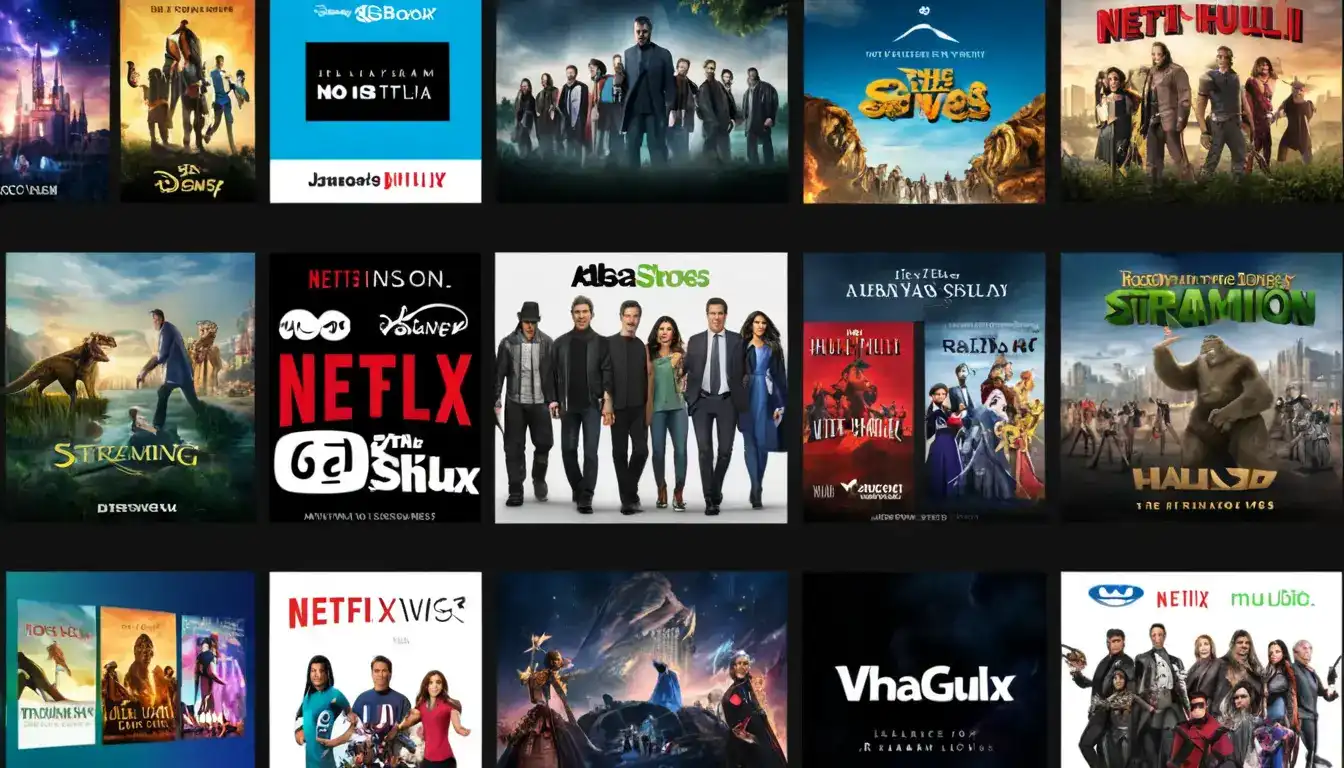
August 4, 2024
The Evolution of Streaming Services Such as Netflix, Disney+, Hulu, and the Implications for the Traditional Entertainment IndustryThe rise of streaming services has revolutionized the entertainment industry, offering on-demand access to a vast library of content through internet-connected devices. Platforms like Netflix, Disney+, and Hulu have diversified their content libraries, reshaped consumer behavior, and challenged traditional distribution models. Technological advancements have enhanced streaming experiences, while economic and cultural implications have led to global market expansion and increased investment in original content production. The future of the streaming industry will be shaped by competition, convergence of media and technology, and the need for adaptation to changing consumer preferences. Embracing digital transformation and strategic partnerships will be crucial for stakeholders in navigating the evolving landscape of modern entertainment.
Emily Willis

August 5, 2024
Entertainment in Society: Social Impact, Cultural Influence, Economic ContributionsEntertainment is more than just a way to pass the time it has a significant impact on society, culture, and the economy. It promotes empathy, sparks conversations, and drives social change. It reflects and shapes cultural trends, while also preserving traditions. The entertainment industry generates jobs, contributes to economic growth, and drives technological innovation.
Emily Willis
Health
View Allsignificance of mental health awareness in today's fast-paced world. It discusses the importance of understanding mental health, breaking down stigma, and promoting positive mental health practices.
Emily Willis
Regular physical activity is crucial for maintaining long-term health and well-being. It has numerous benefits, including improving cardiovascular health, aiding in weight management, enhancing mental health, strengthening bones, boosting immune function, and promoting longevity.
Emily Willis
The healthcare landscape is being transformed by technological advancements, with telehealth and remote care providing convenient access to healthcare services. Artificial intelligence is revolutionizing diagnostics, personalized medicine, and drug discovery. Wearable technology is empowering patients to take control of their health.
Emily Willis
Trending 🔥
View All
1
2
3
4
6
7
8
9
10
Lifestyle



Sports
View AllAugust 5, 2024
Inclusive Playing Field: Creating a Welcoming and Accessible Sports Environment
Read MoreTechnology
View All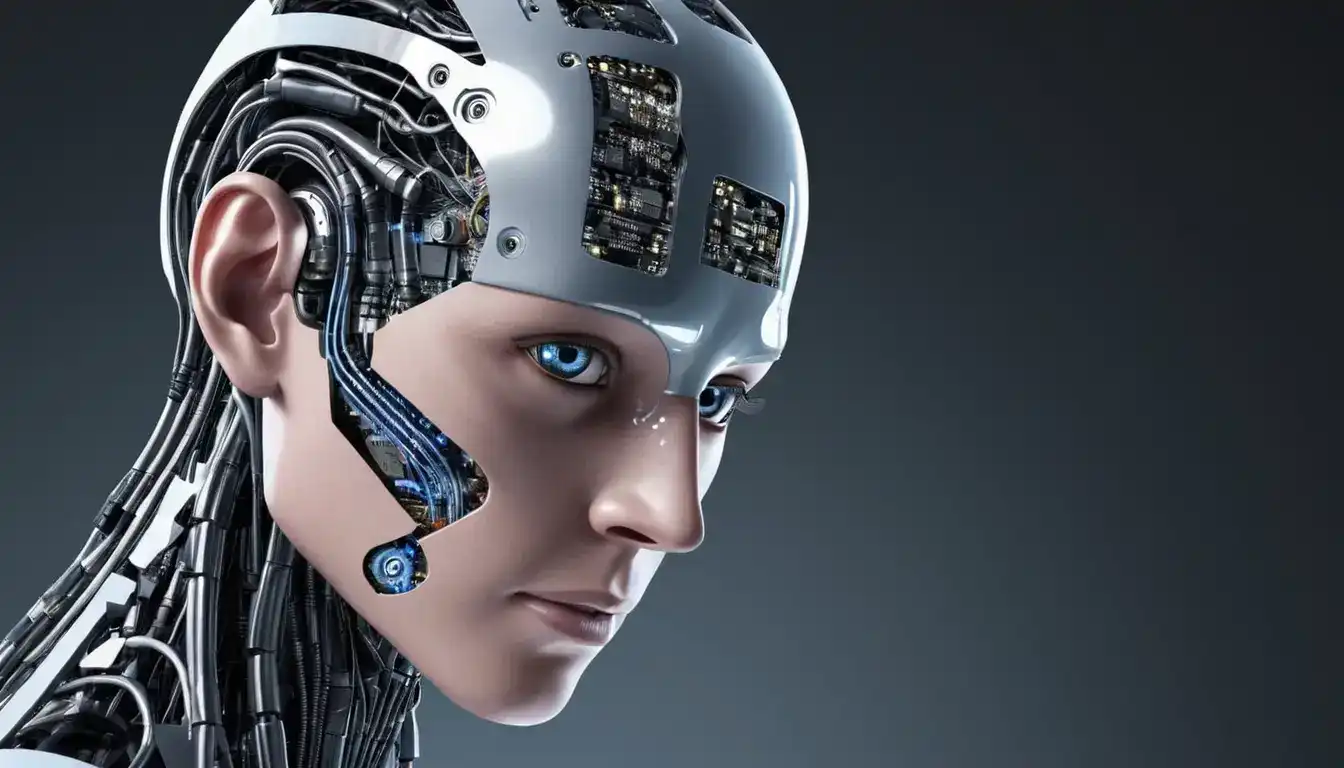
August 4, 2024
The Future of Artificial Intelligence: Opportunities and Challenges
opportunities and challenges presented by Artificial Intelligence (AI) in various sectors such as efficiency, customer experiences, healthcare, education, and economic growth. It highlights the need to address ethical considerations, job displacement, privacy issues, security risks, and regulatory challenges associated with AI.

August 5, 2024
Best AR Apps for Interior Design
Discover the top AR apps for interior design and transform your space with ease! From furniture placement to paint colors, these innovative tools will revolutionize the way you decorate, making your home design dreams a reality
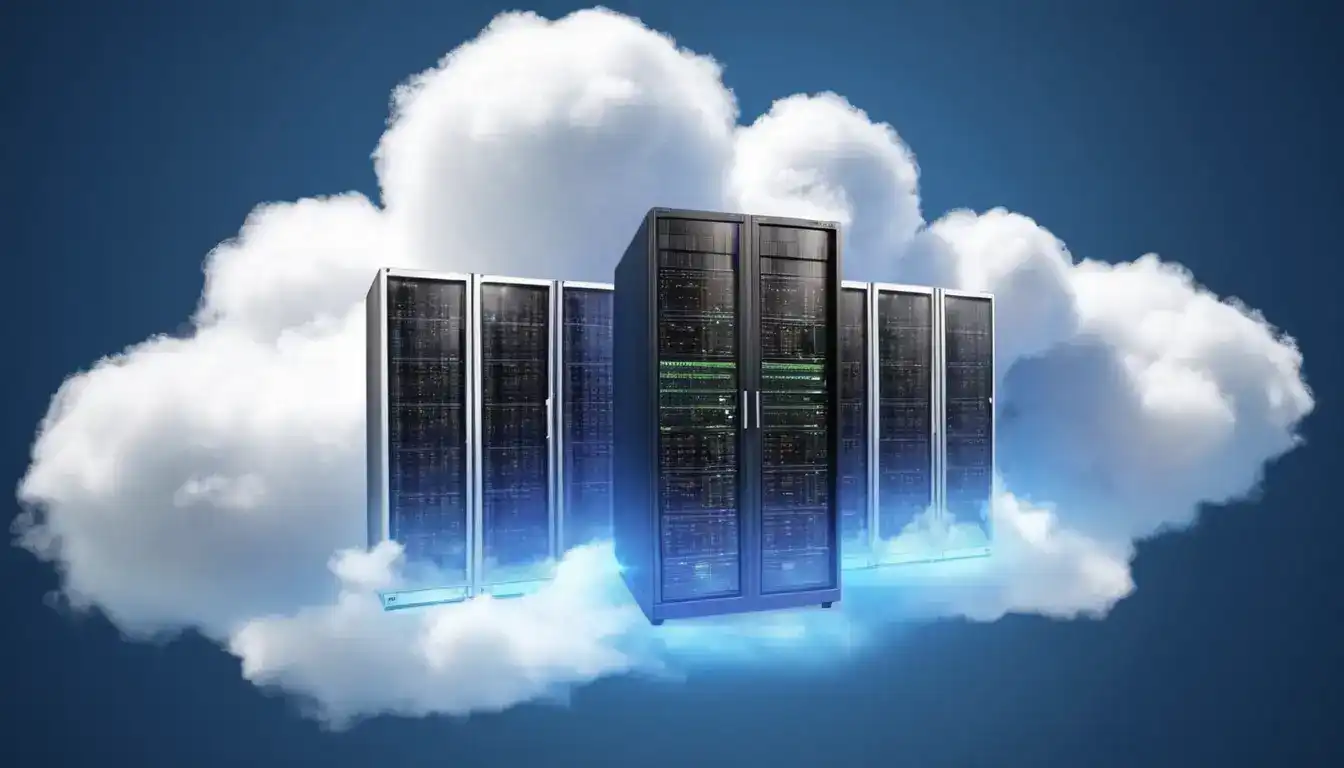
August 5, 2024
Types of Cloud Computing Services Available
Cloud computing has become essential for modern businesses, offering services that streamline processes, reduce costs, and increase flexibility. Understanding the types of cloud computing services available, such as Infrastructure as a Service (IaaS), Platform as a Service (PaaS), and Software as a Service (SaaS), can help businesses make informed decisions.

August 5, 2024
Best AR Translation Apps Tested
Uncover the best AR translation apps on the market through our in-depth testing and reviews. From seamless voice conversations to real-world text translation, these apps will revolutionize the way you communicate across languages.

